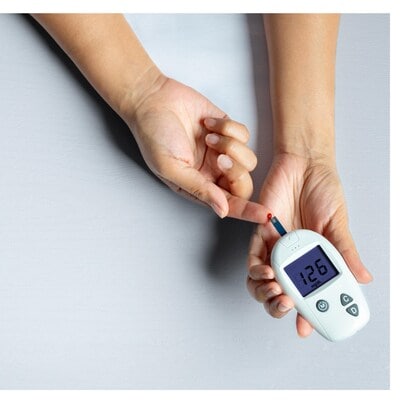People who stay up late are almost 50 percent more likely to develop type 2 diabetes diabetes compared to those who go to bed earlier. They also tend to have higher body mass indexes (BMIs), larger waist circumferences and greater amounts of hidden fat, such as visceral and liver fat, which are linked to metabolic problems.
The research, which has not yet been published, will be presented at the upcoming annual meeting of the European Association for the Study of Diabetes (EASD) in Madrid, Spain.
The study, led by Jeroen van der Velde of Leiden University Medical Center in the Netherlands, examined the relationship between sleep patterns, body fat distribution and diabetes risk.
Lifestyle factors
Previous studies have suggested that people who stay up late tend to adopt unhealthy habits, such as smoking and eating an unhealthy diet. However, recent research shows that these lifestyle factors alone do not fully explain the increased risk of type 2 diabetes among night owls.
In India, type 2 diabetes is one of the most prevalent non-communicable diseases, affecting over 100 million people. This chronic condition occurs when the body does not use insulin efficiently, leading to high blood sugar levels. It is often associated with obesity, physical inactivity and an unhealthy diet.
The study examined data from more than 5,000 participants as part of the Netherlands Epidemiology of Obesity study. With an average age of 56, participants shared information about their sleep habits, allowing researchers to classify them into early, middle, and late chronotypes based on their natural sleep-wake patterns.
Chronotype Classifications
Chronotype classifications divide individuals based on their natural sleep-wake cycles and habits. These groups include early chronotypes (who tend to wake up and go to bed earlier than most), intermediate chronotypes (who follow a moderate schedule, falling somewhere between early and late risers), and late chronotypes (who prefer to stay up late at night and sleep later in the morning).
These groups highlight variations in personal internal clocks and daily rhythms. Measurements of BMI, waist circumference and body fat percentage were taken, and magnetic resonance imaging was used to assess visceral and liver fat in a selected group of participants.
During a follow-up period of 6.6 years, 225 participants were diagnosed with type 2 diabetes.
People with a late chronotype had a 46 percent higher risk of developing type 2 diabetes compared with those with an intermediate chronotype, even after accounting for variables such as age, physical activity and sleep quality. In addition, those with a late chronotype had a higher BMI, larger waist circumference and higher levels of visceral and liver fat.
Velde suggested lifestyle modifications, including refraining from late-night eating and considering time-restricted eating, as possible methods to improve metabolic health for those with a late chronotype.
Ongoing research aims to further explore how the timing of lifestyle habits affects type 2 diabetes risk.
(With contributions from the agency)
First published: September 10, 2024 | 17:14 IS
Disclaimer:
The information contained in this post is for general information purposes only. We make no representations or warranties of any kind, express or implied, about the completeness, accuracy, reliability, suitability or availability with respect to the website or the information, products, services, or related graphics contained on the post for any purpose.
We respect the intellectual property rights of content creators. If you are the owner of any material featured on our website and have concerns about its use, please contact us. We are committed to addressing any copyright issues promptly and will remove any material within 2 days of receiving a request from the rightful owner.

